Open Office: Office Space & Brand Identity
Design Insider is thrilled to share our latest article from our Open Office campaign, featuring a Q&A with Steve Haskins, Creative Director at SO Design. We ask Steve all about brand identity; the impact a physical space can have on brand identity, as well as the repercussions of COVID-19 and how to ensure brand core values are sustained whilst we adjust to home working and changes to the office environment.

How does a physical office space support a brand’s identity?
A company’s brand identity filters through the physical office space in a number of different ways. A part from the obvious logo outside the office premises or company’s reception; the company brand can filter through interiors in the form of brand colour, and colour accents picked up in office furniture, fabrics and material finishes. Brand imagery, physical objects and interior styling can help story-tell about a brand and reflect the company’s personality.
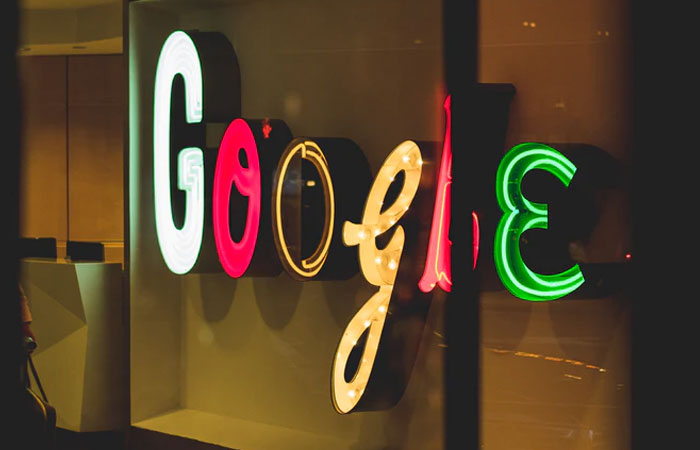
Why is this important?
The physical office space is an important shop window to reflect a company’s brand and it’s personality. The company’s values and how an audience perceives the brand is reflected in the physical space, and this can help build customer confidence and trust. By the vary nature of people interacting with a physical space, they can actually access all of the touch points of a brand, through the space, and the people who work there.
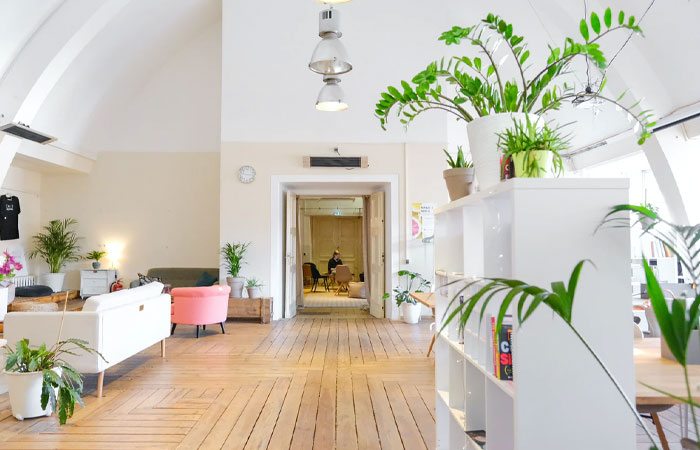
In what ways could this be impacted by blended working?
The physical office will always be a hub for reflecting a company brand and people visiting the space will absorb the brand experience. The company’s brand culture will also reflect on company employees working in the space; and blended working may mean that the physical brand indicators will not be reflected in a workforce working a way from the office. With the increase in remote meetings and the rise of Zoom meetings, a company’s brand will be diluted when people’s personal space is being projected to an audience, rather than the authority and reassurance that a branded space can offer. There may be occasions where other brands may be advertised through remote working.
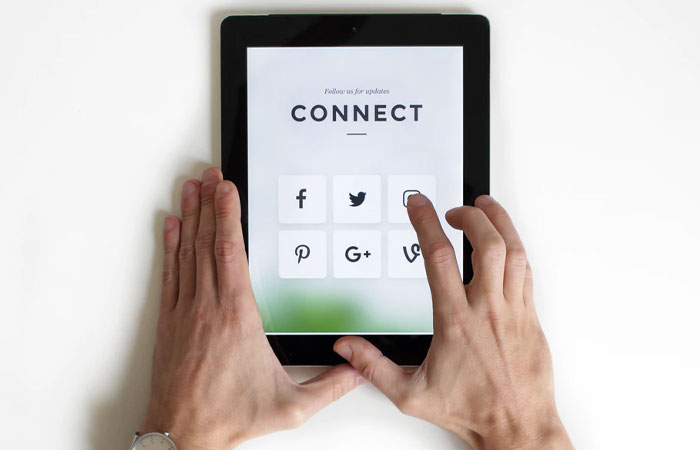
What steps could a business take to prevent brand loyalty from being negatively impacted by blended working?
Brand loyalty can be negatively impacted through blended working, through the fact that employee teams are not engaging in the physical brand space. Brand experience is therefore reliant on people working remotely and engaging with a more virtual brand experience.
Communicating through digital platforms means that a company’s brand needs to be reinforced through all communication channels, so a company’s brand architecture needs to be as visible as within the physical office. Control over personal space being used for remote working, and how it looks may be a little more difficult when teams are remote working and representing a company’s brand.

How could a brand ensure that their core values are re-reinforced when employees are blended working?
Visibly a brand’s architecture needs to be visible through all digital communications. Remote working often means employees are representing a company and the brand, often in isolation. It is important that employers and team leaders are almost brand guardians, and promote brand values through regular communication channels, to continue to respect the company’s brand values.
Physical connections with communication channels, on-line and social media will all play a more important role in communicating the brand with a remote workforce.
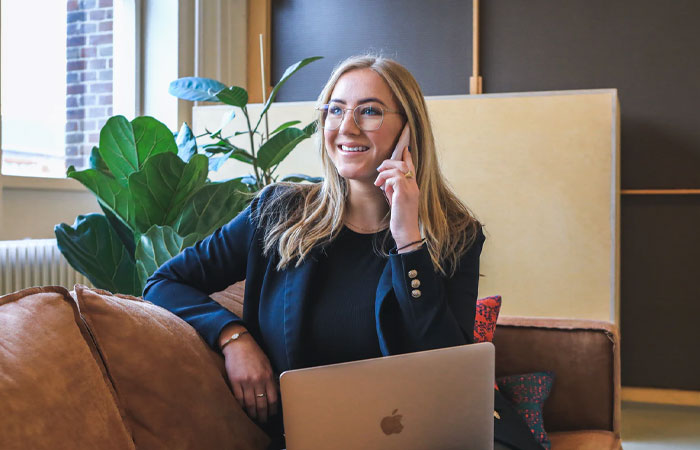
Is a move to blended working an opportunity for a business to re-consider their branding?
Blended working opens up the possibility for a company to re-evaluate its brand values and company vision and if these values are still relevant to the brand. A shift in the way the company behaves, and how it operates may lead to consideration in adapting the brand for a changing world. Although the core services or products a company offers may not have changed, the way a company has to speak to its customers may be different, therefore an adjustment to the brand architecture and voice may have to change. A refreshed brand may induce a rejuvenated workforce, who may need to be reengaged with the brand in different, more diverse working patterns.
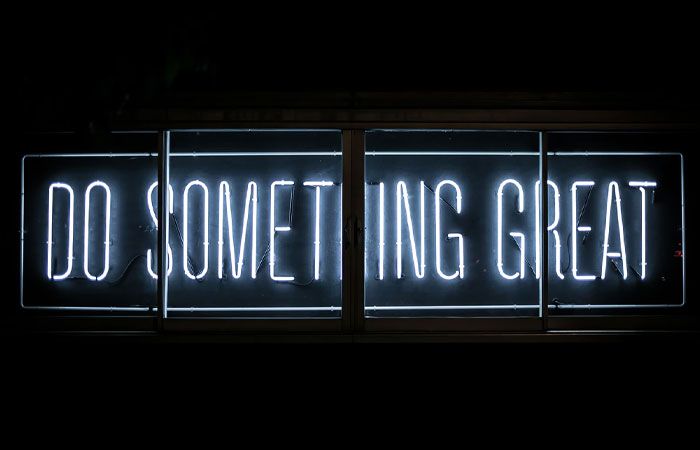
We really enjoyed speaking to Steve all about brand identity post-COVID. To read more of our Open Office articles, click here.




